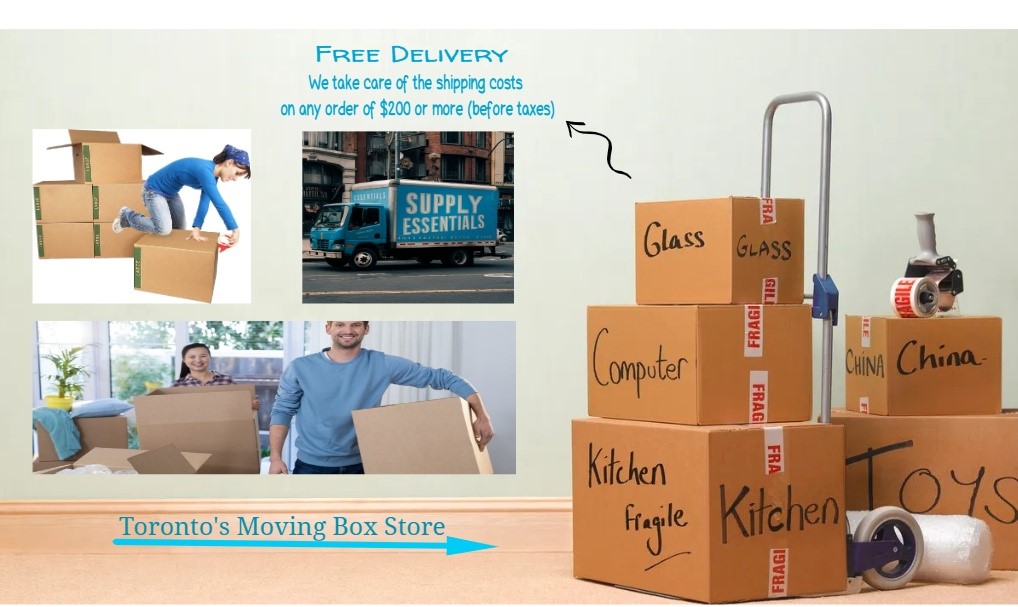Here are 18 key tips for relocation and moving:
- Start planning and preparing for the move at least 8 weeks in advance.
- Research your new location thoroughly, including entertainment, schools, and job opportunities.
- Carefully choose the right neighborhood in your new city based on factors like safety, amenities, and commute.
- Create a detailed moving checklist and timeline to stay organized throughout the process.
- Declutter and get rid of items you no longer need before packing.
- Label all boxes clearly with the contents and destination room.
- Pack an “essentials” box with items you’ll need right away in the new home.
- Hire reputable, accredited long-distance movers and get multiple quotes.
- Arrange for utilities to be set up at the new home before arrival.
- Update your address with relevant parties like the post office, employers, and service providers.
- Make arrangements for transporting pets and vehicles if needed.
- Introduce yourself to new neighbors and coworkers to start building a support network.
- Get involved in the local community through volunteering, joining clubs, or exploring.
- Ensure children and pets are comfortable in the new surroundings.
- Spend quality time saying goodbye to friends and family before the move.
- Create a moving budget and track expenses to avoid going over.
- Unpack essential items first and take time to organize your new home.
- Be patient with yourself during the transition and allow time to adjust.
The key is to plan ahead, get organized, enlist help, and take care of both the practical and emotional aspects of relocating.

I. Preparation and Planning
A. Create a moving checklist and timeline
B. Notify important parties of your move (employers, schools, utilities, etc.)
C. Declutter and organize belongings
D. Research and hire a reputable moving company or plan a DIY move
II. Packing Strategies
A. Gather necessary packing supplies (boxes, tape, bubble wrap, labels) B. Pack room by room, starting with the least essential items C. Label boxes clearly with contents and destination room D. Use proper packing techniques to protect fragile items E. Keep essential items accessible during the move
III. Moving Day Logistics
A. Confirm details with the moving company or rental truck provider B. Create a game plan for loading and unloading C. Ensure all boxes and furniture are properly labeled D. Keep important documents and valuables with you during the move E. Conduct a final walk-through to ensure nothing is left behind
IV. Settling into Your New Home
A. Prioritize unpacking essentials (bedding, toiletries, kitchen items)
B. Create a floor plan for furniture placement
C. Set up utilities and update your address
D. Explore your new neighborhood and community
V. Best Practices and Tips
A. Start packing early to avoid last-minute stress
B. Use quality moving boxes and supplies for better protection
C. Take photos of electronics setups for easier reassembly
D. Pack a “first-night” box with essentials for immediate use
E. Hire professional cleaners for a deep clean before moving in
VI. Additional Resources
A. Moving checklists and apps (e.g., Moveline, MoveAdvisor) B. Packing and labeling tutorials (e.g., YouTube videos, blog posts) C. Recommendations for reputable moving companies or truck rentals D. Tips for making friends and adjusting to a new community
By following this guide, you’ll be well-prepared for a smooth and organized moving experience. Remember to stay flexible, communicate clearly with all parties involved, and take breaks when needed. With proper planning and execution, you can minimize the stress and challenges associated with relocating and start enjoying your new home sooner.

